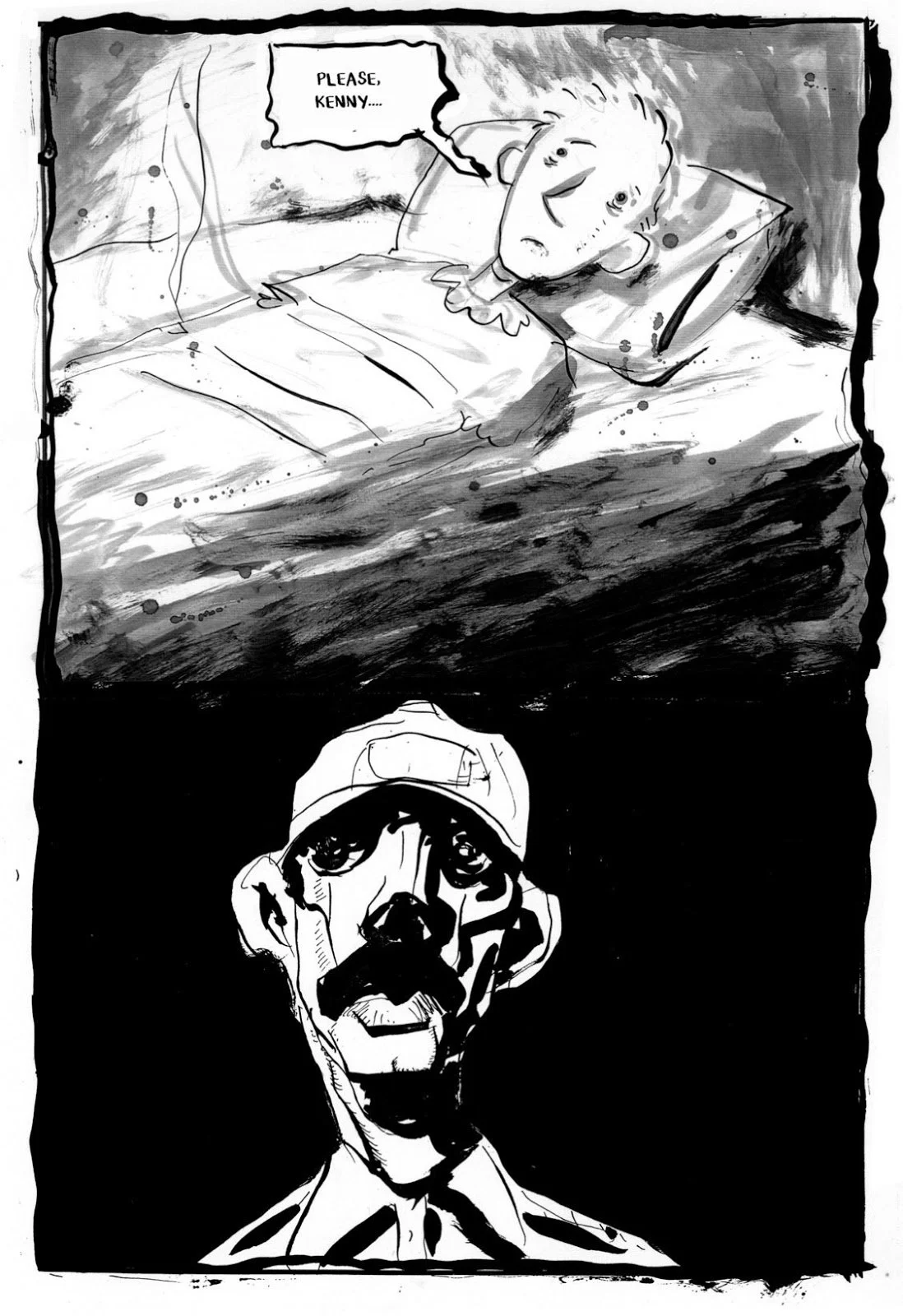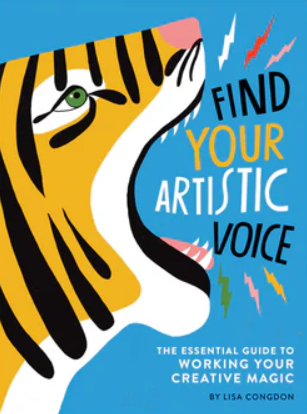It’s been four years since I incorporated reading and analyzing graphic novels into my high school art curriculum. While there have been challenges, I can say with certainty that it has been incredibly beneficial for my students.
I know some people don’t think of comics as a serious or important medium, but honestly? Graphic novels are a powerful way to teach visual literacy, explore symbolism, narrative, and sequential art, and analyze style and creative voice.
In Art 1, we start with the graphic novel adaptation of The Graveyard Book by Neil Gaiman and Almost American Girl by Robin Ha. We dive deep into character design, as well as essential aspects of visual storytelling such as page composition, panel pacing, setting, style, and mood. I chose The Graveyard Book because it was illustrated by several different artists, which gives students a chance to discuss a variety of styles and techniques. And Almost American Girl shows how Robin Ha’s illustration style is informed by her identity and cultural experience. Together, these books provide a strong foundation as students begin developing their own drawing and design skills.
In Advanced Art, students read Collected Essex County by Jeff Lemire and the graphic novel adaptation of Speak by Laurie Halse Anderson, illustrated by E.M. Carroll. These works introduce more complex narratives and emotionally impactful visual storytelling. We analyze how the artists communicate mood, emotion, and tone, helping students see how visual choices can carry immense narrative weight. This helps to prepare them to develop their own artistic voice.
Bringing graphic novels into the classroom does more than supplement reading instruction (which, by the way, is an excellent benefit and the English teachers love it). It also teaches students to read images as critically as text, think deeply about narrative and style, and experiment with their own creative voice. It’s incredibly rewarding to watch them make these connections and realize that art isn’t just about perfect realism and mastery of technique. It’s about communication, storytelling, and style.
As someone who is currently writing and illustrating my own graphic novel, nothing excites me more than seeing students recognize that comics and graphic novels are not only valid forms of literature and art, but complex, dynamic, and absolutely worth reading!












